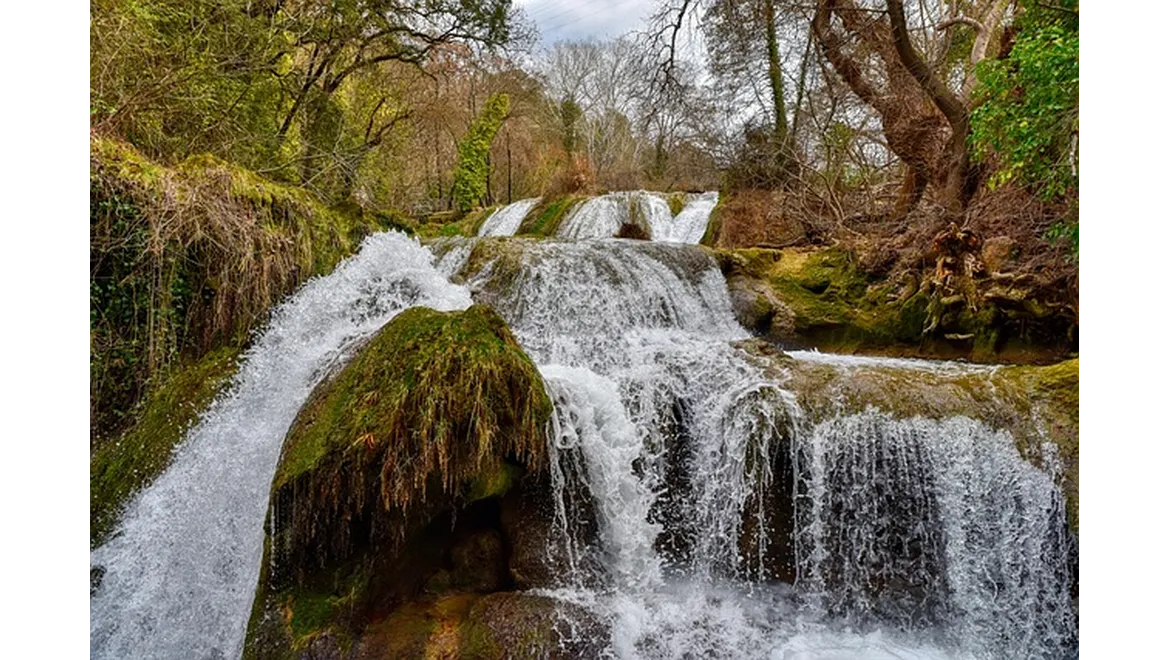Right, let’s talk about something close to my heart – and currently, quite a bit of my backyard: rock gardens with integrated water features. I’ve always been captivated by those dramatic alpine scenes, the kind that make you feel instantly transported to a mountain range. Bringing that feeling home, especially in the UK, seemed like a worthy gardening challenge. And, let me tell you, it’s been a journey!
My initial inspiration came from poring over countless articles about enhancing UK gardens, specifically those that celebrated water features and structures. I wanted more than just a pond; I craved movement, the soothing sound of cascading water, and a habitat for some truly beautiful plants.
Rock Selection and Placement: The Foundation
The first hurdle, and arguably the most important, was rock selection. This isn’t about randomly chucking a few pebbles around. We’re talking about creating a believable, stable structure. I opted for weathered limestone. Sourcing locally is key, both for the environment and to ensure the stone looks natural in its surroundings. The sizes varied, from hefty boulders to smaller, more manageable pieces.
Placement is an art. Think about the natural layering of rock formations. I started with the largest rocks at the base, partially burying them for stability. The key is to create ledges, crevices, and pockets that will hold soil and provide planting opportunities. It took several attempts to get the layout right, constantly stepping back to assess the overall aesthetic and structural integrity. Don’t be afraid to experiment; rock gardens are forgiving that way. One tip I picked up along the way – always angle the rocks slightly backwards to direct water towards the soil.
The Waterfall Integration: Liquid Harmony
Integrating the waterfall was the next significant step. I chose a pre-formed fibreglass stream liner for ease of installation. This allowed me to sculpt the water’s path. A small submersible pump, hidden in a lower pond, recirculates the water. It’s vital to ensure the pump is appropriately sized for the height and length of your waterfall. I also incorporated several smaller cascades, creating a series of miniature waterfalls within the larger structure. Lining the bottom of the water features with dark pond liner and natural gravel really makes all the difference, allowing the water to reflect its surroundings and hide the liner.
Drainage is paramount. I made sure to install drainage pipes beneath the rock garden to prevent waterlogging, especially during our typically soggy UK winters. The waterfall’s overflow also directs into a gravel-filled soakaway to manage excess water.
Alpine Plants and Dwarf Shrubs: Choosing the Right Companions
Plant selection is where the magic truly happens. Alpine plants and dwarf shrubs are the stars of a rock garden. I opted for a mix of sedums, sempervivums (houseleeks), saxifrages, and dwarf conifers. These are generally low-maintenance and thrive in well-drained soil.
I’ve found that trailing plants, like aubrieta, look fantastic cascading over the rocks. Dwarf heathers also add a touch of evergreen interest. Remember to consider the aspect of your garden when choosing plants. Some alpines prefer full sun, while others thrive in partial shade. When planting, I added a generous amount of grit and horticultural sand to the soil to improve drainage.
Maintenance and Weed Control: Staying Ahead
Maintaining a rock garden can be a bit of a hands-on affair. The biggest challenge is weed control. Weeds love to colonise the nooks and crannies between the rocks. Regular hand-weeding is essential. Mulching with gravel can also help suppress weed growth.
Alpine plants generally require minimal feeding. A light top dressing of slow-release fertiliser in the spring is usually sufficient. Pruning dwarf shrubs is also important to maintain their shape and prevent them from becoming leggy.
Orangeries and Enhanced Enjoyment: The Perfect Pair
Okay, so my project is on a smaller scale than the orangery installations I’ve admired in countless articles. But I can appreciate the sentiment. An orangery really does bring the outdoors in, offering a view of the garden that’s always welcoming, whatever the weather. It’s a perfect way to really appreciate the features you’ve worked so hard to bring to life and provides some of the ‘escapism’ all gardeners seek.
Putting It All Together
Creating a rock garden with a waterfall is an ongoing project, a living sculpture that evolves over time. It requires careful planning, hard work, and a passion for naturalistic design. But the rewards are immense. I’ve not only created a stunning focal point in my garden but also a haven for wildlife and a space where I can escape the everyday hustle and bustle. The integration of water, stone, and plants creates a unique microclimate that supports a diverse range of flora and fauna, and I find it deeply satisfying to observe and maintain the delicate balance of this miniature ecosystem. Building the rock garden requires thinking about stability, aesthetics, and the needs of the plants and creatures that will call it home. Remember to prioritize drainage, select appropriate plants for your UK climate, and be prepared to manage weeds to ensure the rock garden will give you years of viewing pleasure.


